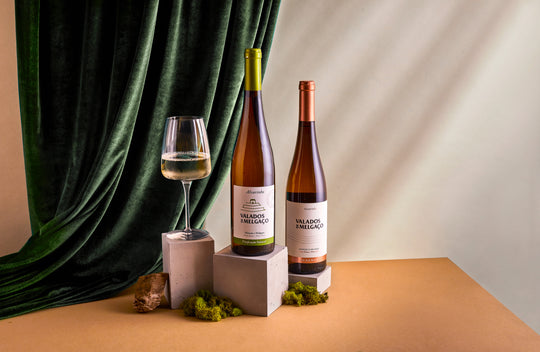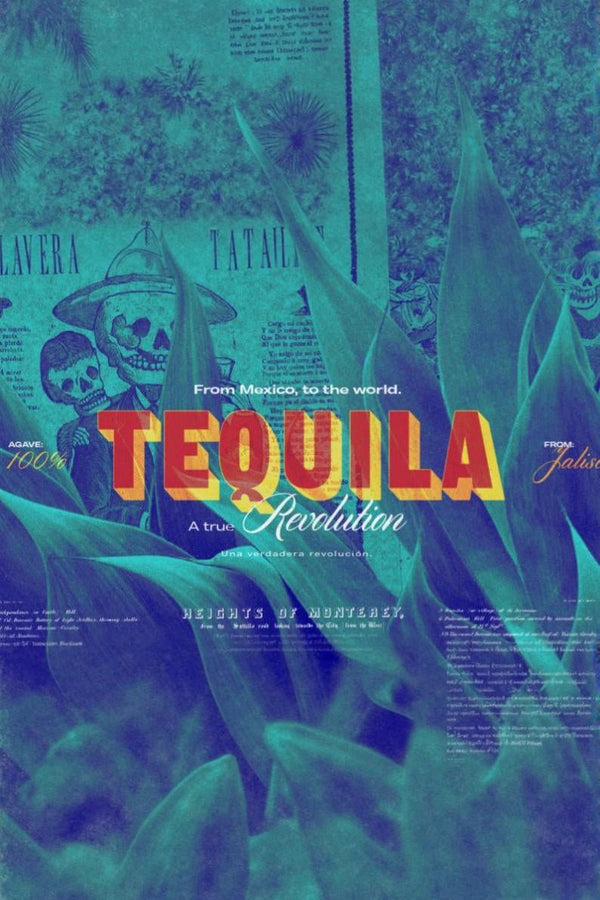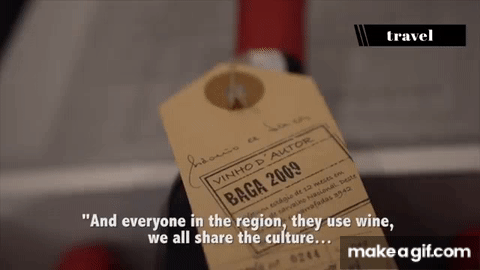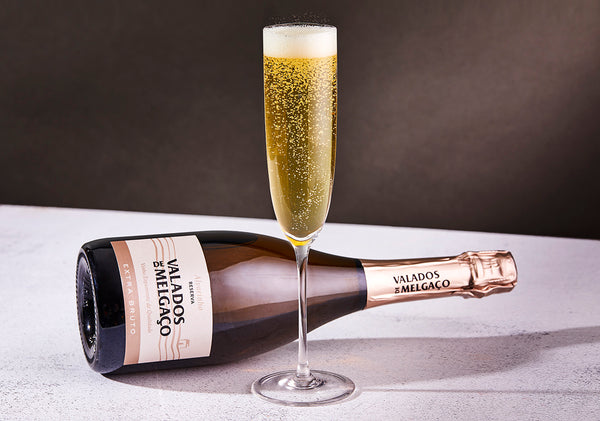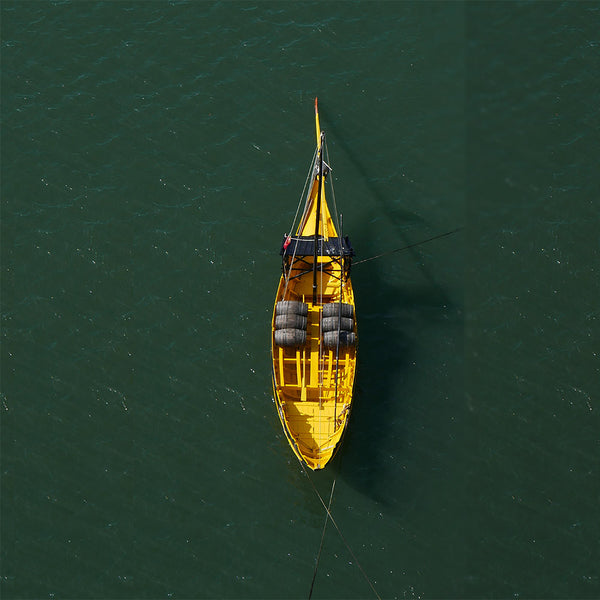Virginia is for (wine) lovers

One of the original 13 colonies is also among the country’s oldest wine producers.
“Virginia is for lovers” is the state’s tourism motto and if you enjoy wine, you’ll love Virginia.
Home to Thomas Jefferson’s iconic Monticello plantation, Chesapeake Bay and the Appalachian Mountains, the southeastern state that was one of the original 13 colonies is also home to Norton, America’s oldest wine grape, and has a viticulture that dates back to some of the country’s earliest settlers.
California may have Napa Valley and the state may be under-appreciated as a top wine growing region for many wine lovers, but Virginia boasts 4,000 acres of grapes within its borders that stretch from the Atlantic to the foothills of the Blue Ridge Mountains, with lush, fertile valleys in between. The Commonwealth offers historic places that shaped the country and provide a living testament to shaping of the United States.
Location and wine
Its location also impacts the wine industry. Virginia has a cold winter that pushes back the growing season late into the year and summers feature intense heat, humidity and rain storms, exacerbating fungal and mildew troubles for the grapevines. Not all grape varieties thrive in this weather and there’s always the threat of vines freezing in winter and spring, or rotting because of the high humidity of summer. Many vintners struggled to get a foothold during the 400 years of wine growing in the state.
Despite these challenges, Virginia is the country’s fifth-largest wine producer, though the yield from 312 wineries often stays within the local region.
The Commonwealth also boasts 10 regions and eight American Viticultural Areas (AVA). The Blue Ridge region has the North Fork of Roanoke AVA and the Rocky Kob AVA. Central Virginia has the Monticello AVA, while the Chesapeake Bay features the George Washington Birthplace AVA. The Eastern Shore has the Virginia’s Eastern Shore AVA, and Hamptons Roads has the Virginia Peninsula AVA. Northern Virginia includes the Middleburg AVA and the Shenandoah Valley the Shenandoah Valley AVA.
The Birthplace of America’s wine
Wine production in Virginia goes back to the arrival of English settlers in the early 1600s, when each male colonist in Jamestown was required to plant and tend 10 grapevines. The idea was to create a thriving wine industry in the New World that never materialized.
Thomas Jefferson, one of the country’s most renowned founding fathers, is also considered American’s wine patron saint. He pursued wine making and set aside 2,000 acres near his Monticello state in Charlottesville to plant grapes. Unfortunately, he never had much success with the cultivation of Vitis vinifera, the classic European wine species, that were prone to black rot and destructive pests such as phylloxera. The native varieties, including fox grape and Scuppernong, yielded poor quality wine.
Then there’s Norton, a native American grape whose cultivation dates back to the 1820s. This variety, which produces deeply colored, bright, fruit-forward wines, earned the state “best red wine of all nations” at the 1873 Vienna World’s Fair. Norton, which is highly resistant to mildew, is also credited with helping European wineries overcome the destructive phylloxera.
While small production took place in mostly family-owned wineries throughout the centuries, the wine industry remained stagnant in Virginia until the late 20th century, partly impacted by the Prohibition of the 1920s.
It wasn’t until the 1970s that Virginia wine saw a revival. Vintners experimented with different varieties resistant to Virginia’s hot, humid and hilly climate with clay soils and river sediment.
Wineries now plant more than 28 grape varieties across the Commonwealth, from Old-World favorites including Chardonnay, Cabernet Sauvignon, and Merlot, to lesser known white varieties Viognier and Petit Manseng, a French grape that grows well in Virginia’s central Piedmont region and features dry, fruity notes. Tannat grapes also grow well in Virginia, providing vibrant red wines.
Free of strict regulations as is the case in many wine producing regions, Virginia vintners experiment, creating new and interesting blends and flavors.
Situated halfway between Europe and California, wines produced in Virginia also embody this mix of Old World culture and New World edge, boasting juicy, fresh, aromatic and balanced structures.
Bordeaux-style red blends, both dry and sweet, are at the top of the wines coming out of the Commonwealth, but there are also sparkling wines encompassing white, red and rosé varieties, as well as white varietal wines such as Chardonnay, Riesling and Viognier.
Chardonnay leads the pack in both production and acreage, followed by Cabernet Franc, Merlot and Viognier, which was declared Virginia’s state grape in 2011. The white wines produced from Viognier are full-bodied, with medium-low acidity and dry. They carry notes of peaches, apricots, and tropical fruits.
The diverse styles and offerings have given rise to a thriving wine tourism in the state. Between 2010-2015 winery tourism in Virginia grew 39% according to the state tourism corporation. In fact, in 2015, Virginia wineries attracted 2.3 million visits, in a state with a population of 8.3 million people.
The visitors are attracted by the early American history paired with magnificent views and hard to find wines that can rival that of the Old World in body and flavor, but with uniquely local hints.
Virginia may not have the tradition of California’s Napa or Sonoma Valleys, but the state has carved its own niche in America’s wine industry and wine lovers always searching for the next thrill will surely find it.

